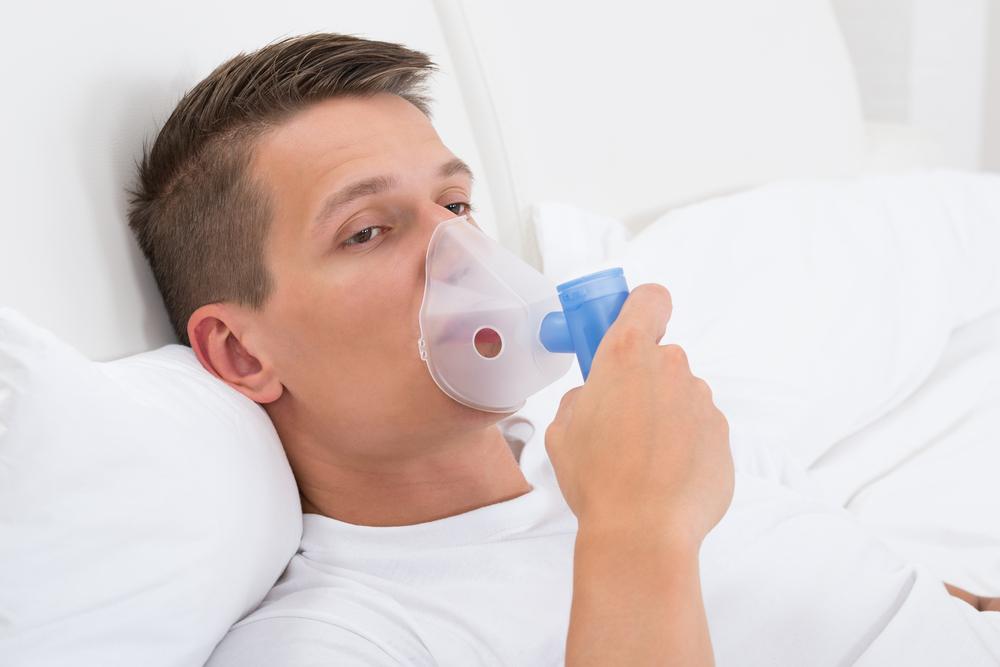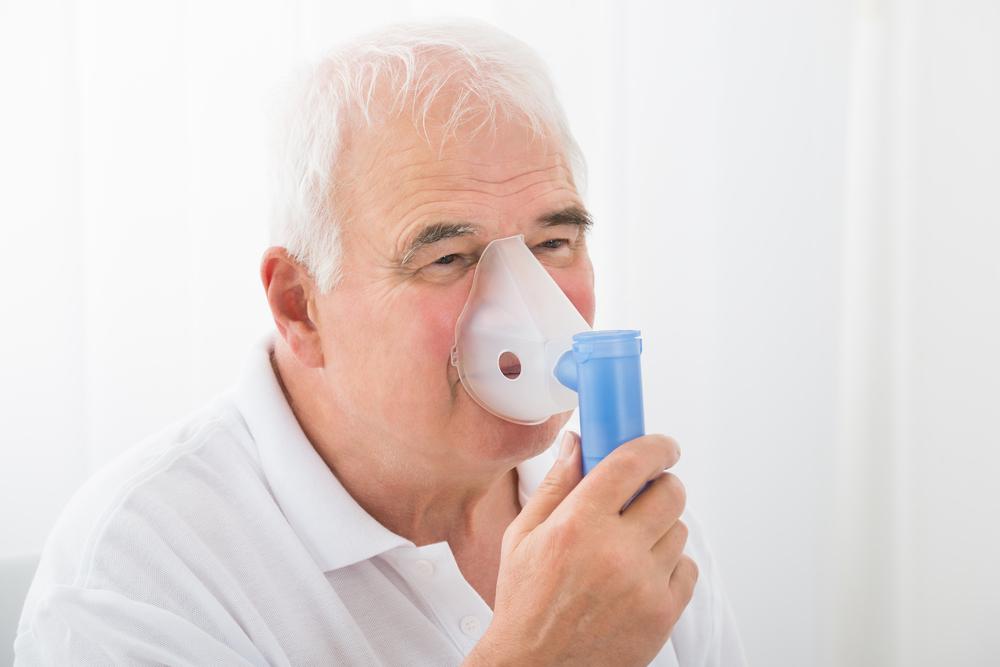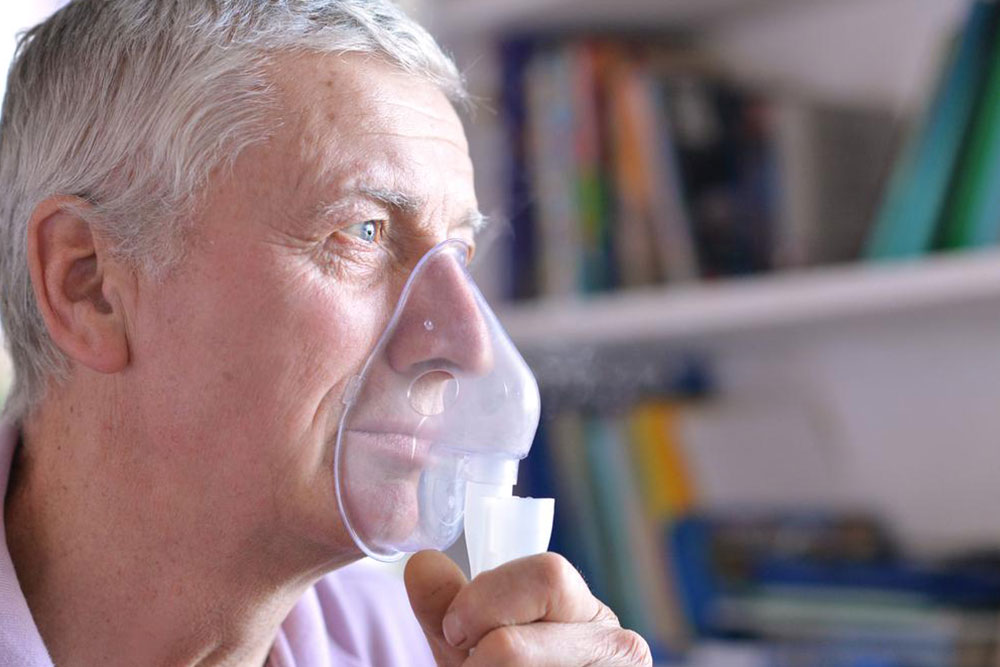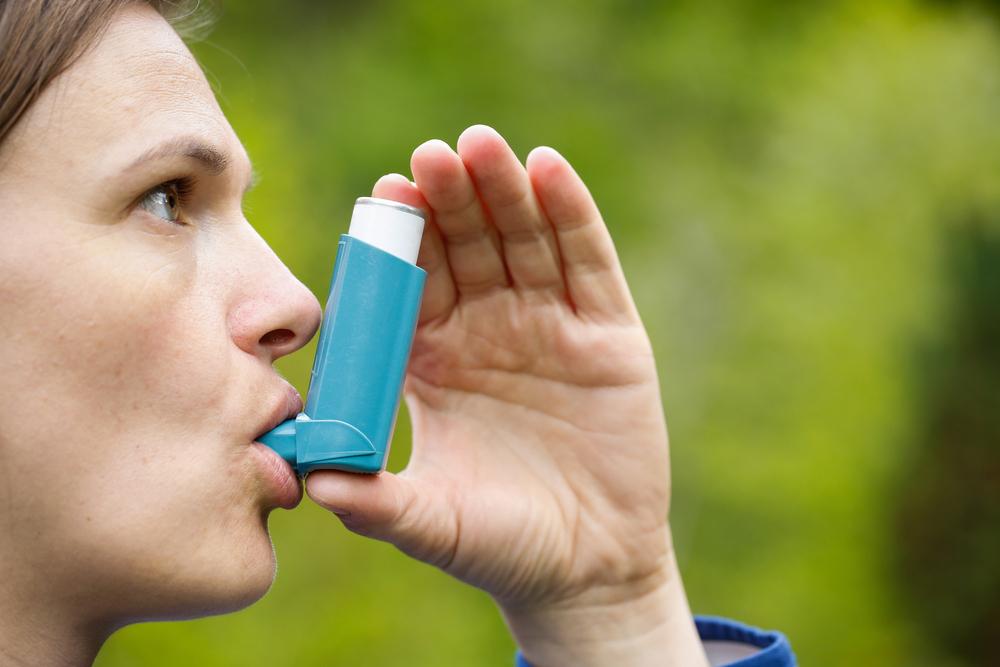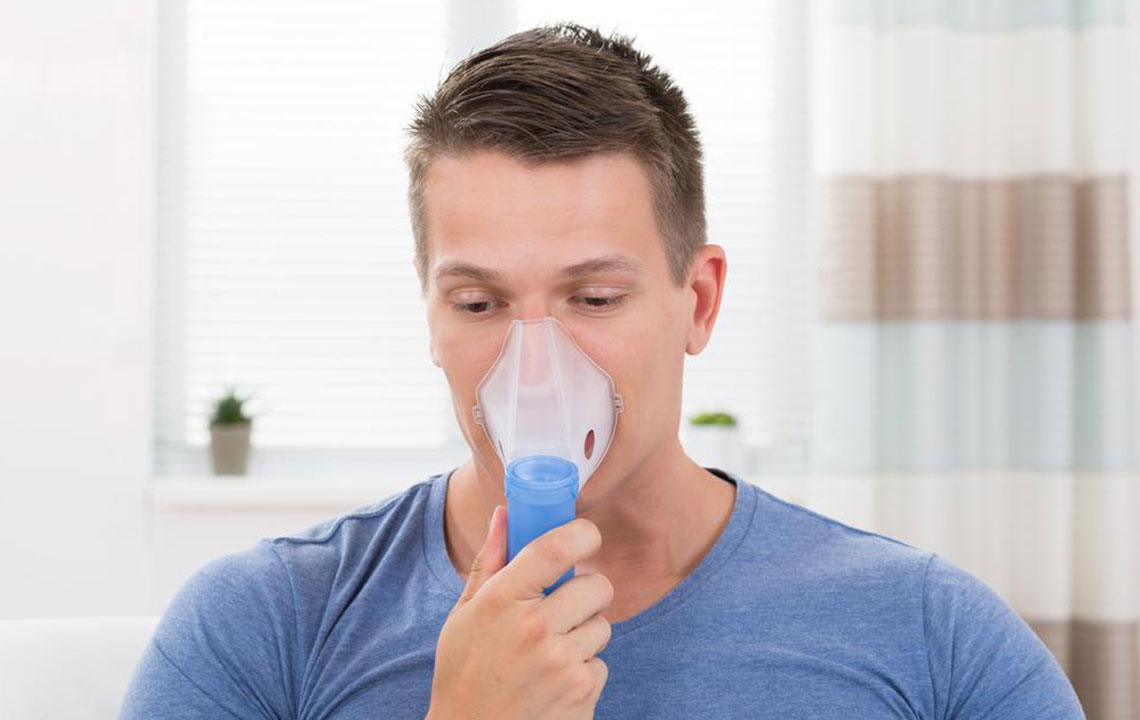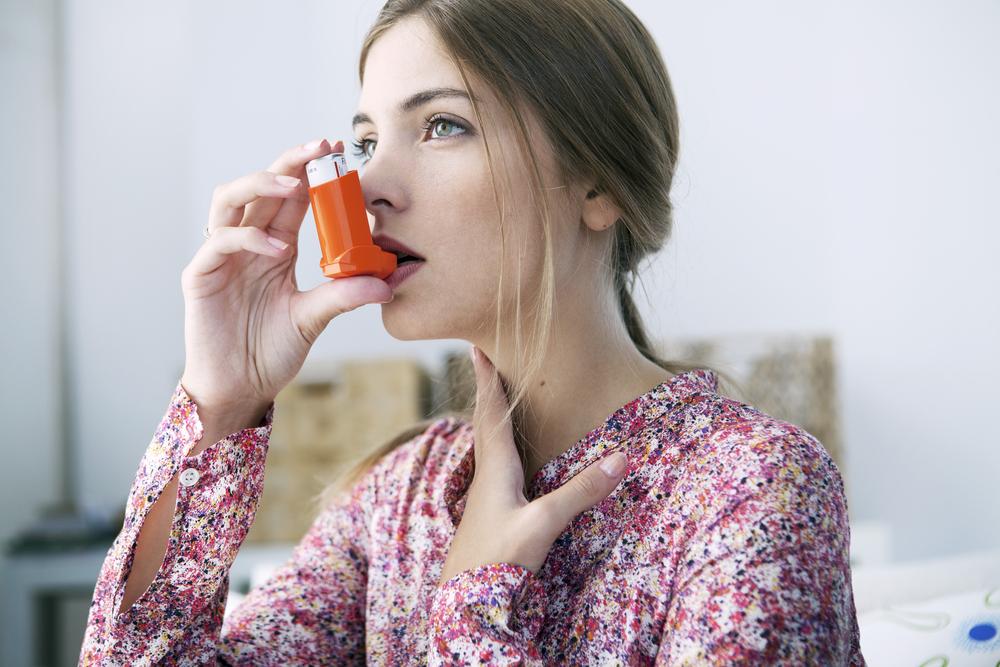Effective Management of COPD with Inhalers
Learn how COPD inhalers play a vital role in managing this chronic lung disease. This guide covers causes, symptoms, risk factors, preventive measures, and different types of inhalers. Early diagnosis and proper inhaler use can greatly improve breathing and quality of life. Take charge of your lung health by understanding treatment options and lifestyle tips to manage COPD effectively and prevent severe complications.
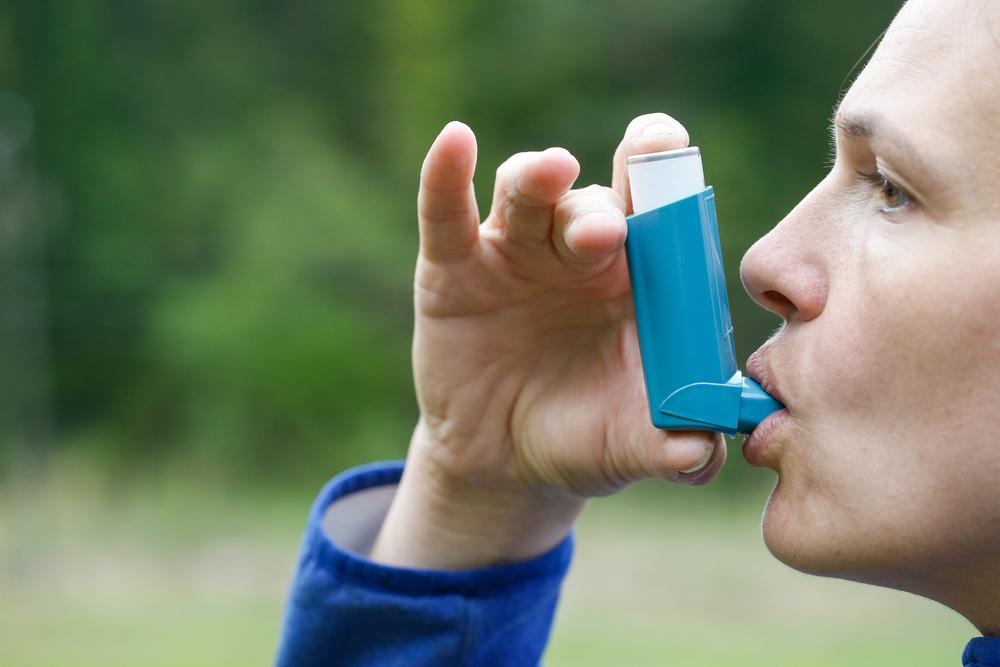
Managing COPD Effectively with Inhalers
Chronic Obstructive Pulmonary Disease (COPD) is a long-term lung condition characterized by airflow obstruction, causing breathing difficulties. The disease results from damage to lung tissues, often due to inflammation and alveolar destruction, leading to persistent respiratory issues.
Key causes include:
Chronic Bronchitis
This condition involves ongoing inflammation of the bronchial tubes, leading to excessive mucus and a chronic cough. Damage to the tiny cilia in airways hampers mucus clearance, aggravating inflammation and obstruction.
Emphysema
This involves the destruction of alveoli—small air sacs in the lungs—causing loss of elasticity and difficulty in breathing. The compromised alveoli hinder efficient oxygen intake and carbon dioxide removal, worsening respiratory capacity.
Signs and Symptoms
Early stages often display subtle signs, typically a persistent cough and mucus production. As the disease advances, symptoms become more severe, including shortness of breath, wheezing, chest tightness, and fatigue. Recognizing these early symptoms is vital for effective management.
Who Is at Risk?
Smokers
Individuals who smoke cigarettes, pipes, or marijuana are at a higher risk of developing COPD. Secondhand smoke exposure also increases susceptibility.
People with Asthma
Asthmatic individuals who smoke or have existing lung infections face increased risk, with smoking worsening their condition.
Environmental Exposure
Workers exposed to pollutants, dust, or industrial chemicals are more vulnerable. Protective measures are recommended for those in high-risk environments.
Age Factor
Lung function declines with age, making individuals over 40 more prone to COPD.
Genetic Factors
Deficiency in Alpha-1 Antitrypsin protein can lead to inherited lung and liver issues, including COPD, even in young children and infants.
Top Measures to Manage COPD
- Quitting smoking
- Breathing exercises
- Nutritious diet
- Staying hydrated
- Practicing inhalation and exhalation techniques
- Using eucalyptus oil
- Protecting yourself from pollution
- Avoiding cold foods and environments
Role of Inhalers in COPD Treatment
Inhalers are essential for symptom relief and improving breathing. Understanding different inhaler types aids proper usage and effective management.
Bronchodilator Inhalers
These relax airway muscles, widening air passages for easier airflow.
Corticosteroid Inhalers
Used to reduce inflammation in bronchial tubes, helping alleviate breathing difficulty.
Common Types of COPD Inhalers
Inhalers are classified into four main categories:
Metered-Dose Inhalers
Traditional devices that release a specific dose with each press, used for decades.
Breath-Activated Inhalers
Operate when the user inhales, eliminating the need for manual pressing, suitable for those with severe breathlessness.
Spacer-Integrated Inhalers
Include a chamber that holds medication, reducing deposition in the mouth and improving delivery.
Nebulizers
Medical devices that convert medication into mist for deep lung delivery, usually used in hospitals for severe cases.
Prevention of COPD is preferable. If symptoms arise, early diagnosis and treatment are crucial to prevent progression. Maintaining lung health through lifestyle adjustments significantly reduces risks and enhances quality of life.
Your health is invaluable—prioritize it for a healthier future.

